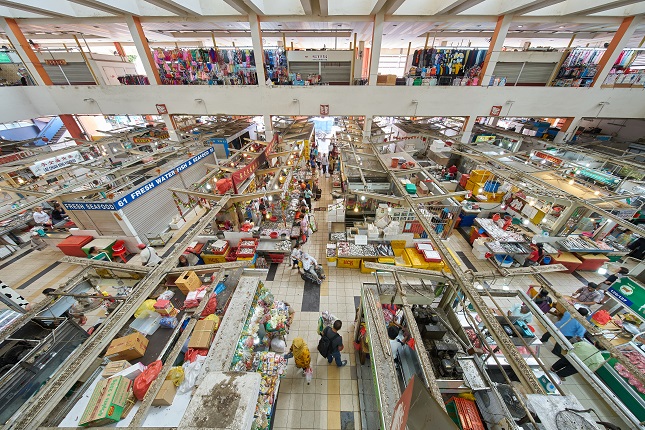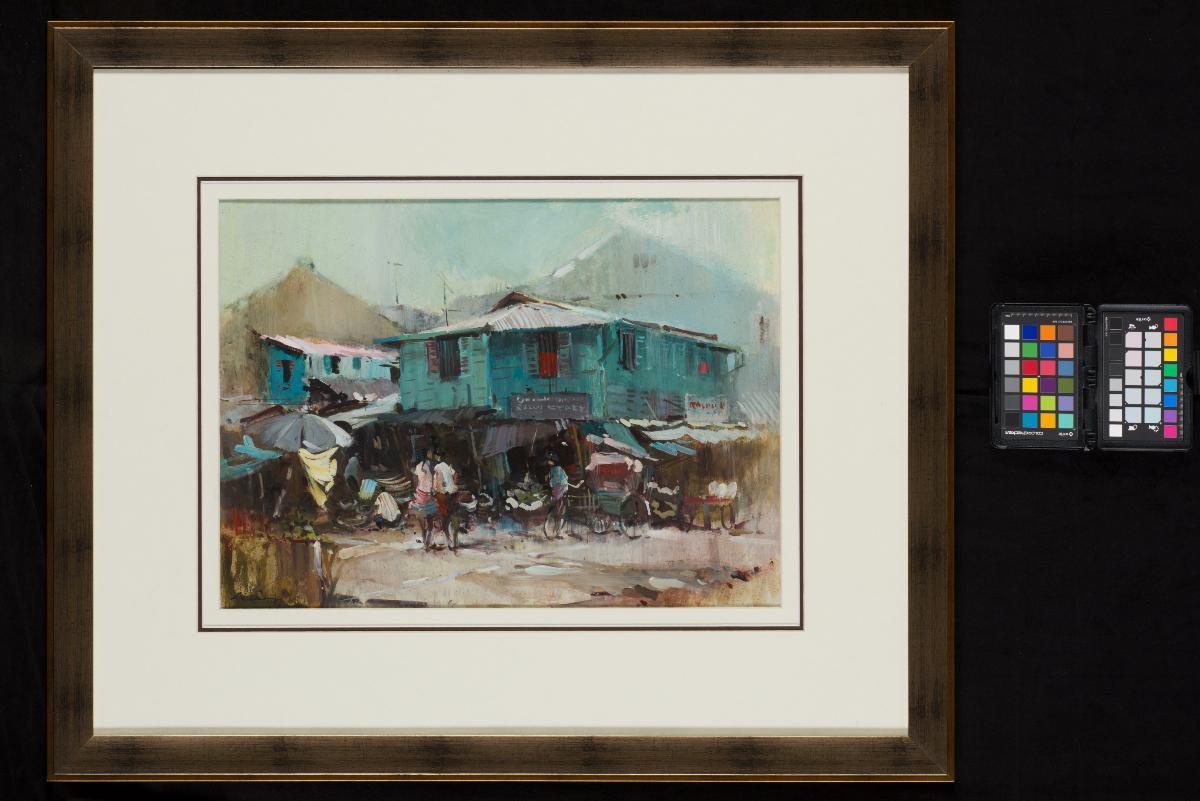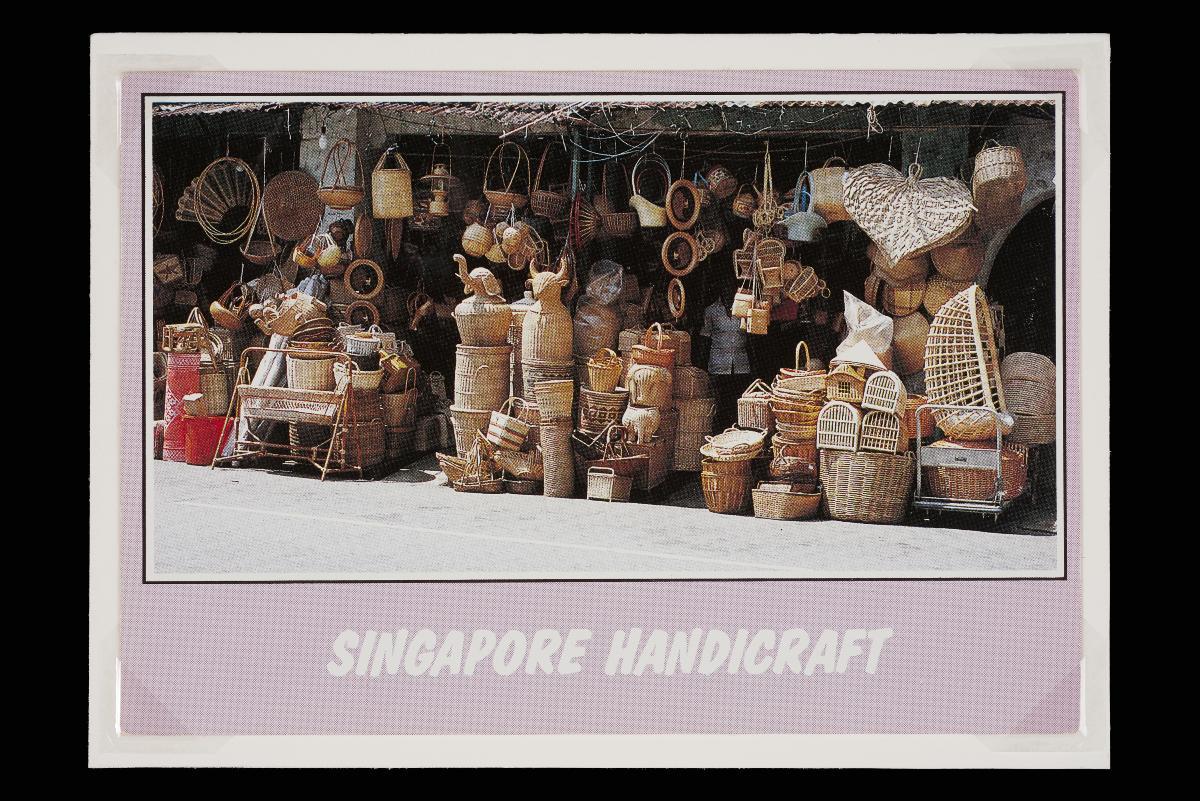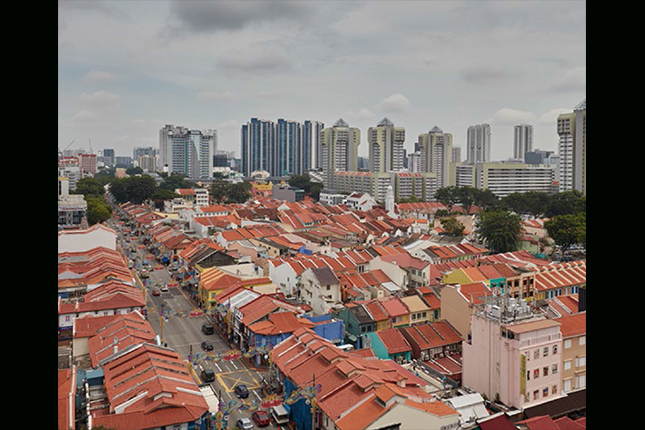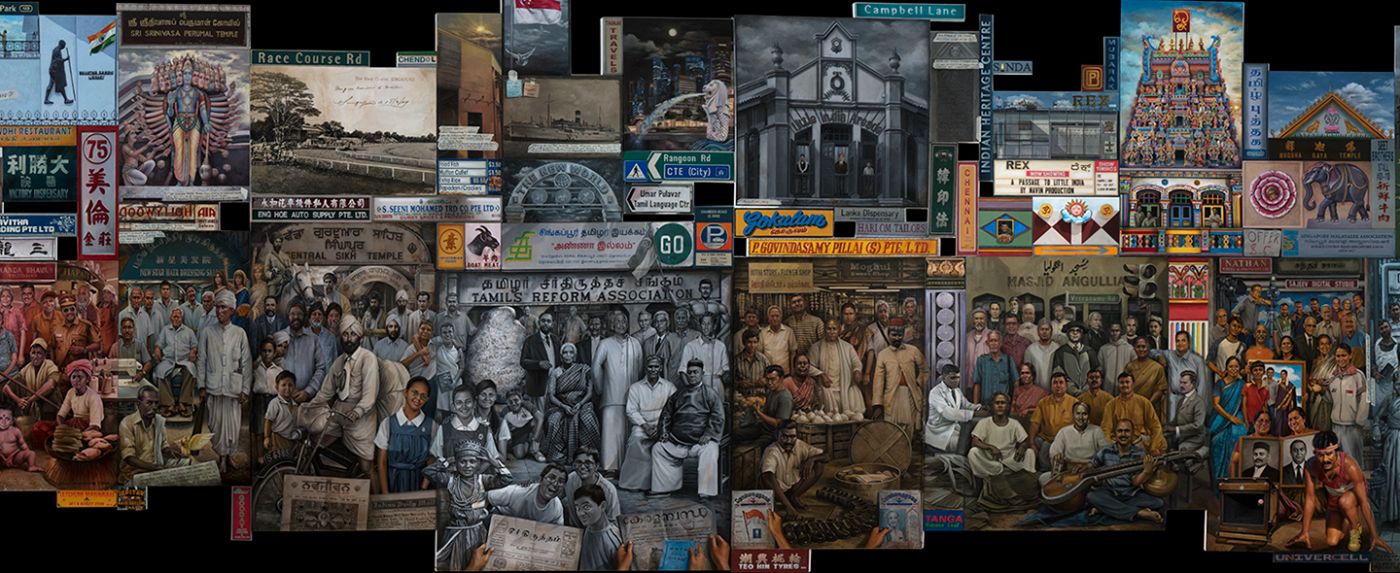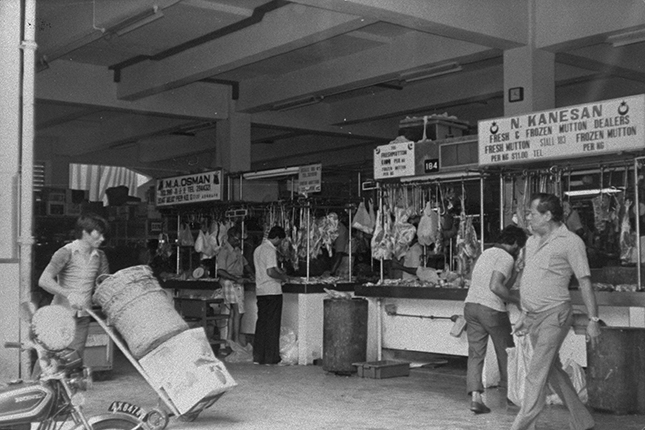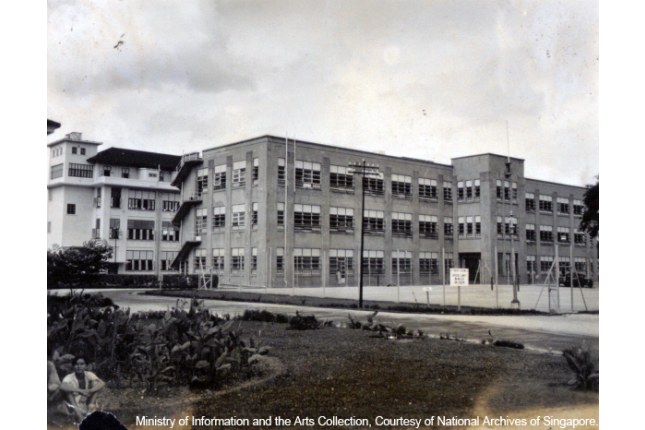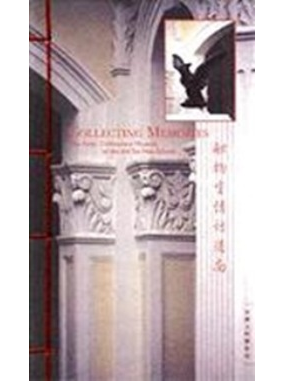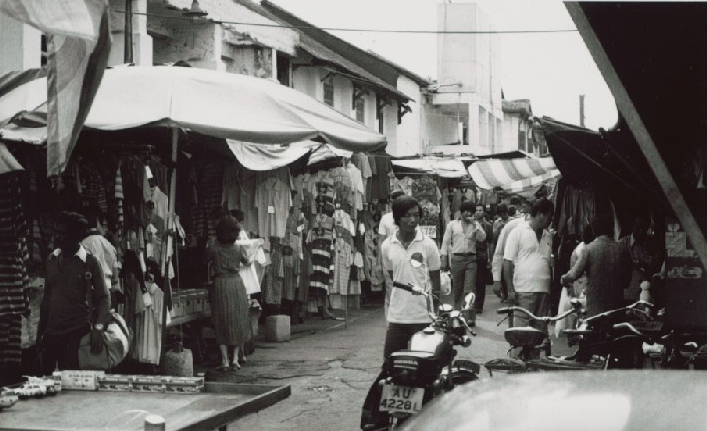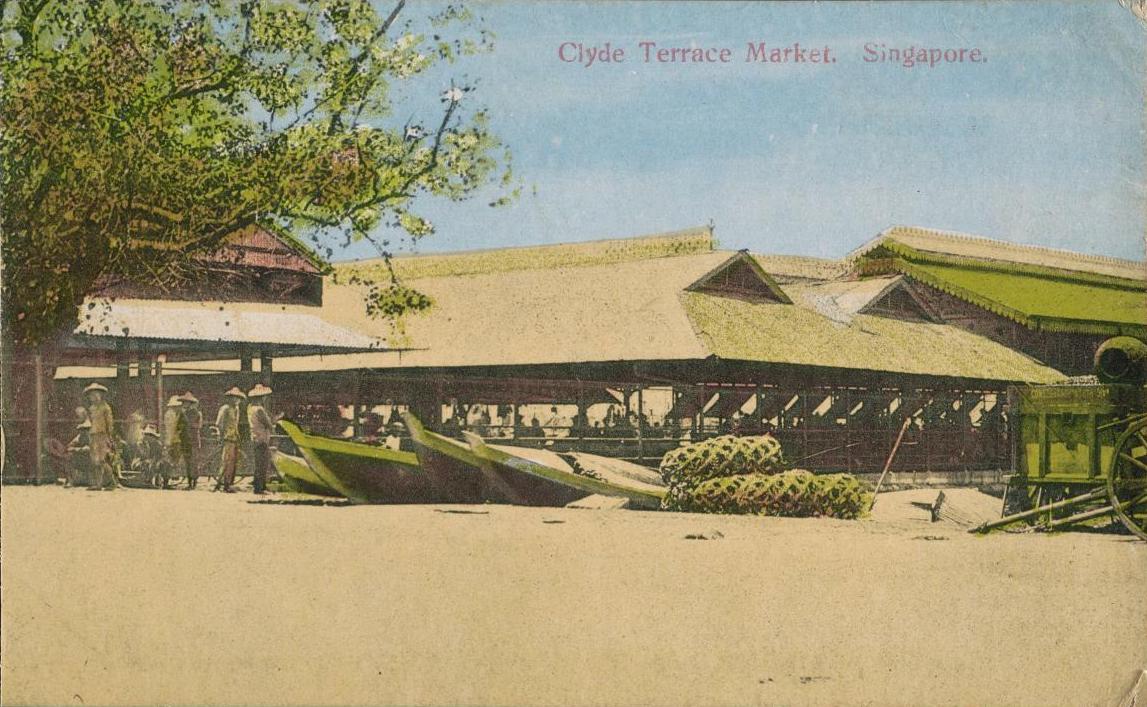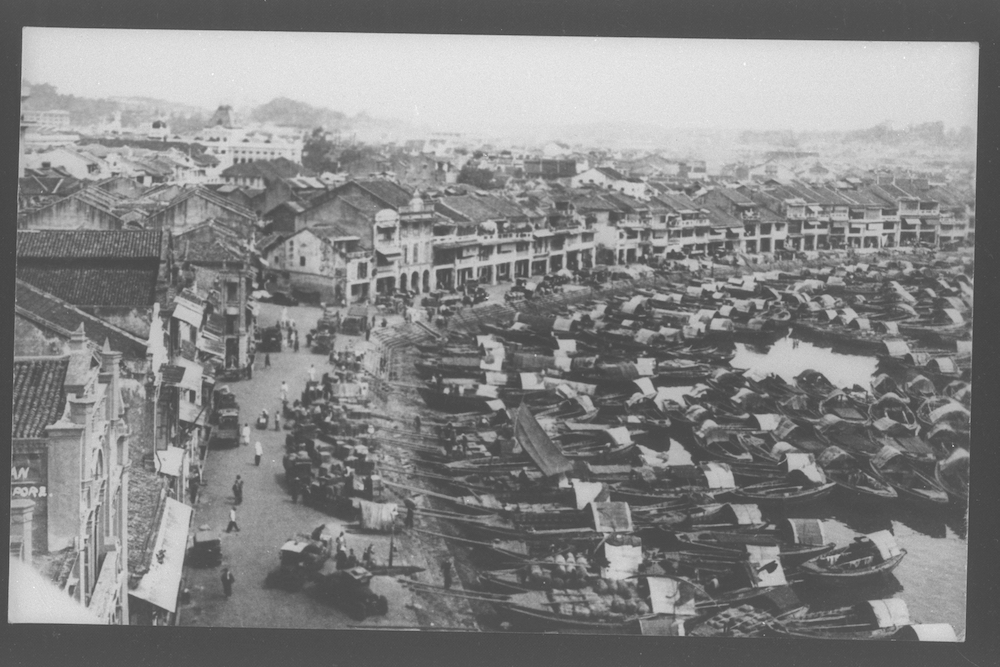When Tekka Market was built in 1915, it was first called the Kandang Kerbau Market, taking the name of the district which was associated with the cattle and meat trade. The south Indians called the market “Mattu Kampong Pasar” in Tamil, a literal translation from the Malay name.
Plans for the market could be traced back to 1909 when the municipality decided to develop the whole area as part of the Kampong Kapor Improvement Scheme. Hence, when works started, the surrounding shophouses were also erected around the same time. One of these is today’s Little India Arcade, completed in 1913. The market was completed later as the grounds on which the market was to be erected had to be purchased from the Mohammedan and Hindu Endowment Board at a cost of $25,000 and there was a general lack of funds at that time. After the mounting of the steel structures in 1913, there was a pause in works till the municipality awarded a contract of $30,000 to complete the market building. By July 1915, the market was completed and had opened in the first week of august. The Municipal Engineer who designed the market was Robert Peirce. He gave the market a colonial outlook with multiple archway and ornate steel carvings.
By the 1930s, Kandang Kerbau Market was famed for having been the “people’s market”. It was popular with all the different ethnic groups for its wide variety of fresh meat, vegetables and seafood, as well as the retail goods that were sold there.
During the Japanese Occupation years, Kandang Kerbau Market become a distribution centre for the fruits and vegetable grown at Bahau (Negri Sembilan), a food growing colony the Japanese started with Singapore residents resettled there. In August 1944, the market was also made a distribution centre for newly hatched chicks which were given to the people of the area to rear so that they could help manage their own food requirements.
After the war, the market was supposed to be fully rehabilitated. However, the government lacked funds as everything had to be rebuilt and repaired at the same time. Hence, when the extension of the market was proposed in 1948, the municipality decided that it was cheaper to repair and redecorate the market instead. And even after a budget was set aside for this in 1948, funds meant for the fencing of Maxwell Road Market had to be diverted to complete the works at Kandang Kerbau Market.
Times were harsh in the post-war days. Yet, it was during this time that the stallholders of the market formed amongst themselves, the Kandang Kerbau Market Dealers’ Association. In 1952, the association got together to donate their produce to the Little Sisters of the Poor who were supporting others who were in more difficulties than them.
By the 1960s-70s, the area around the market had been inundated by illegal street hawkers. There was just not enough space in the market to accommodate all 400 of them. The market at this time had housed 300 vendors. In 1971, as quick fix, the government licenced all the hawkers outside the market for four years. This was ironically, an unintended long waited “extension” of the market.
By the mid-1970s, it was clear that the whole Kampong Kapor district needed renewal. The Kandang Kerbau Complex was conceived as a replacement for the market. The new site, situated across the road, started ground works in August 1979. The new Market was completed by early 1981 and the stallholders moved in on 3 May 1981.
Designed as a residential-cum-shopping complex with three tower blocks of residential flats and a market on the ground level, the development marked the first step towards the redevelopment of the world district. When the new market was opened, it was initially called Buffalo Road Market and Cook Food Centre. Then in November 1981, as part of the national Speak Mandarin Campaign and movement to “hanyu-pinyinize” place names in Singapore, it was renamed Zhujiao Centre. This was met with some disquiet among some residents of the district as could not identify the heritage of the district with the Mandarin name. The new complex was then renamed Tekka Centre in 2000.
Many of the stallholders at old Tekka Market are second or third generation hawkers whose forefathers set up shop in the old market 30 to 50 years ago.




